Submitted by Berrin Chatzi Chousein
Vitra Design Museum presents a comprehensive overview of design at the Bauhaus for the first time
Germany Architecture News - Oct 14, 2015 - 14:46 7116 views
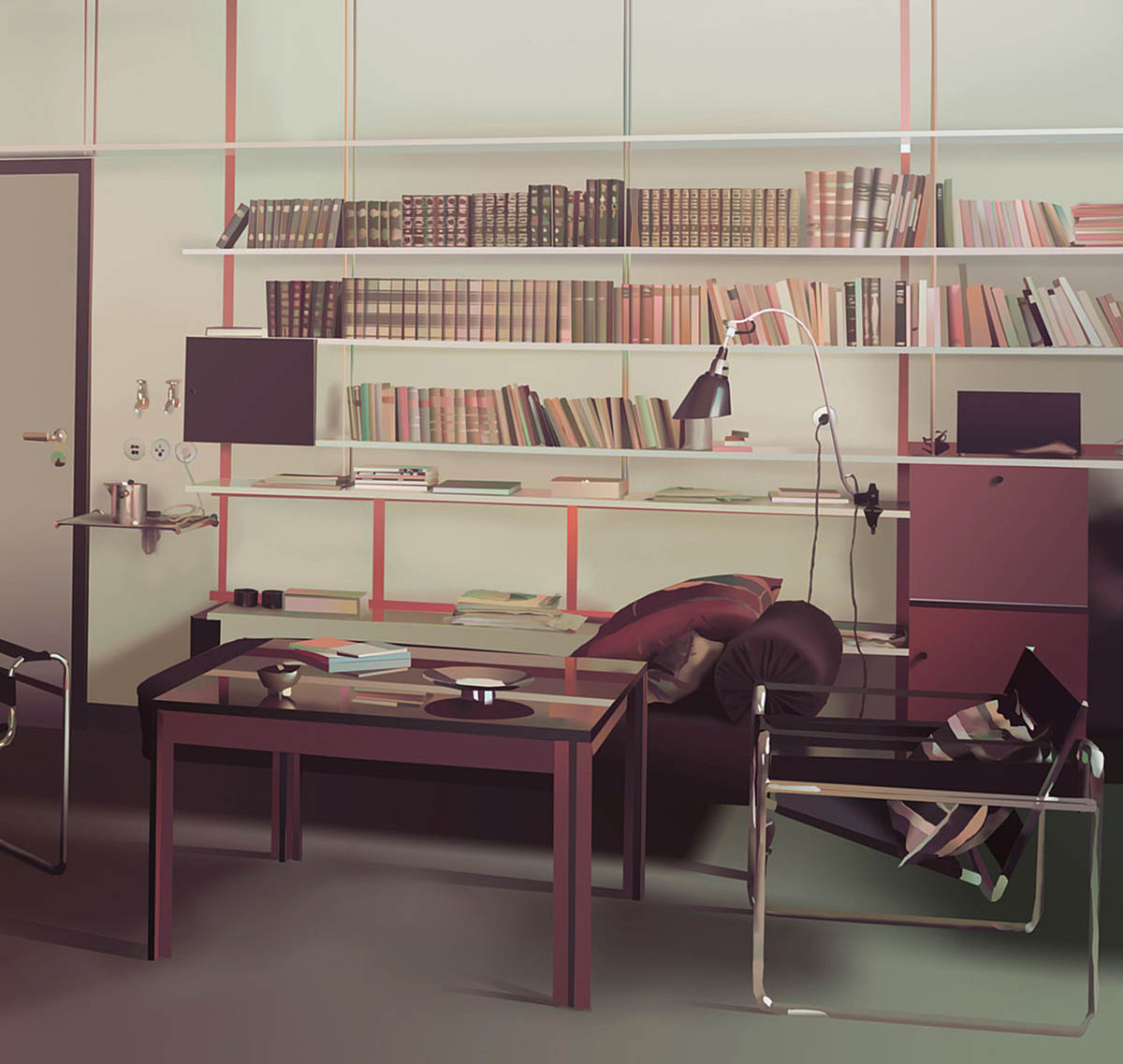
Adrian Sauer, Raum für Alle, 2015, image © VG Bild-Kunst Bonn, 2015
Watch Trailer Das Bauhaus #allesistdesign
Vitra Design Museum presents a major exhibition called ''The Bauhaus #itsalldesign'' , which will be running until February 28, 2016 at the Vitra Design Museum. The exhibition presents comprehensive overview of design at the Bauhaus for the first time. The exhibition encompasses a multiplicity of rare, in some cases never-before-seen exhibits from the fields of design, architecture, art, film and photography. At the same time, it confronts the design of the Bauhaus with current debates and tendencies in design and with the works of contemporary designers, artists and architects.
In this way, The Bauhaus #itsalldesign reveals the surprising present-day relevance of a legendary cultural institution. Bauhaus artists and designers featured in the exhibition include Marianne Brandt, Marcel Breuer, Lyonel Feininger, Walter Gropius, Wassily Kandinsky and many more. Contemporary participants include the works of Olaf Nicolai, Adrian Sauer, Enzo Mari, Lord Norman Foster, Opendesk, Konstantin Grcic, Hella Jongerius, Alberto Meda and Jerszy Seymour.
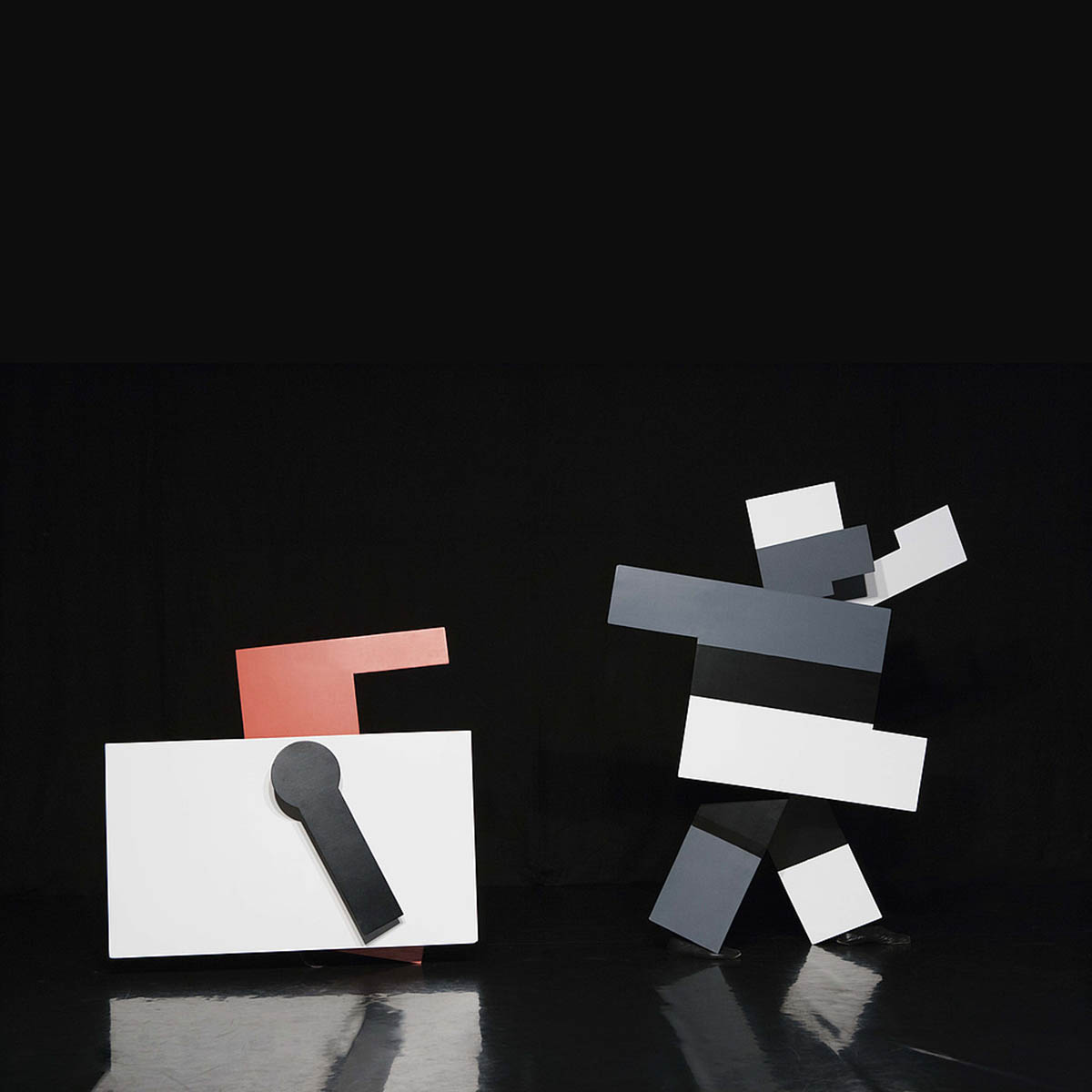
Key Visual der Ausstellung, Kurt Schmidt mit F.W. Bogler und G. Teltscher, Das mechanische Ballett, 1923, Neuinszenierung Theater der Klänge, 2009, image © O. Eltinger
The mission of the Staatliches Bauhaus, founded by Walter Gropius in Weimar in 1919, was to educate a new type of designer. Students at the Bauhaus were to acquire artisanal and artistic foundations as well as knowledge of the human psyche, the process of perception, ergonomics and technology – a profile that continues to define the occupation of the designer to this day. Yet the concept of design at the Bauhaus also gave designers a comprehensive creative mandate: they were not to merely fabricate objects of daily use, but should take an active role in the transformation of society.
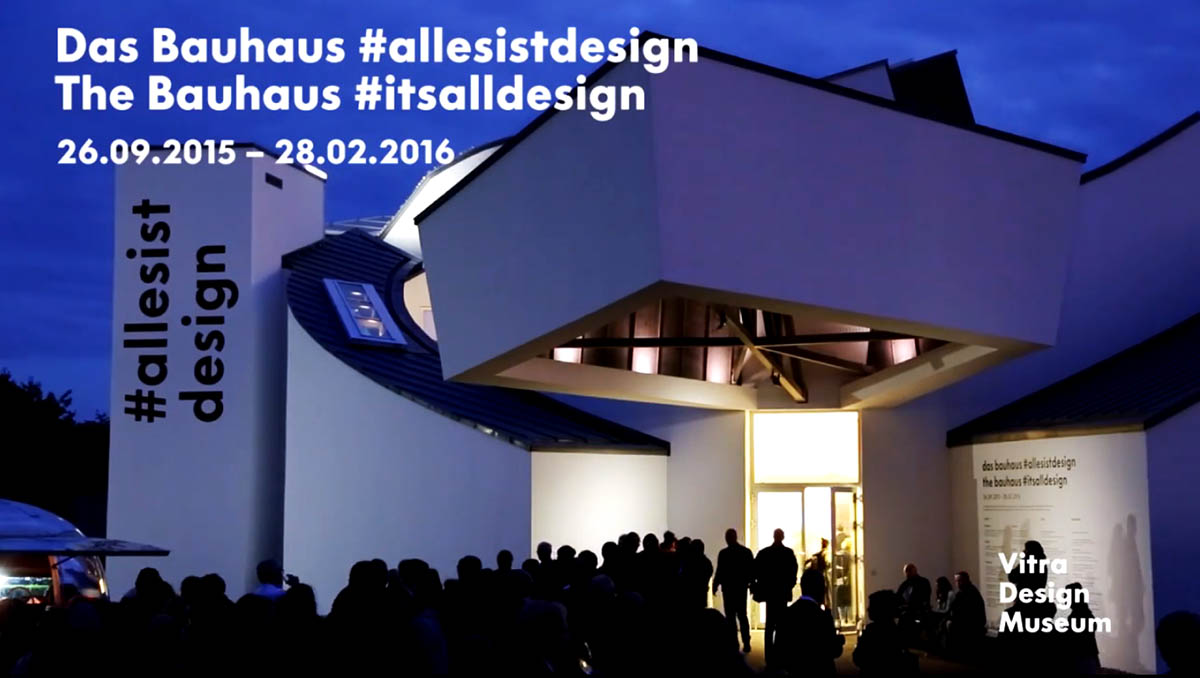
from the opening of The Bauhaus #itsalldesign. image via Vitra Design Museum
With this approach, the Bauhaus sketched out an all-encompassing understanding of design, one that today finds itself embraced with new vigour. With such keywords as social design, open design or »design thinking«, we now see renewed discussions of how designers can place their work in a larger context and help shape society. Viewed from this present-day perspective, the exhibition regards the Bauhaus as a complex, multi-dimensional laboratory of modernism with close links to current design tendencies.

Johannes Itten, colour wheel in 7 shades und 12 tones, colour plate in: Bruno Adler, »Utopia. Dokumente der Wirklichkeit«, Weimar 1921. Lithography, 47,4 × 32,2 cm, Collection Vitra Design Museum, image © VG Bild-Kunst Bo.
The exhibition is divided into four thematic groups, beginning with a look at the historical and social context of the Bauhaus. A second section examines iconic but also lesser-known design objects from the Bauhaus, as well as the history of their origins at the junction of art, craft, technology and industry. A further area of the exhibition investigates the theme of space and demonstrates how many different designers were involved in formulating the understanding of design at the Bauhaus – including stage artists, architects with their deliberations on minimum dwellings and artists who developed colour theories and spatial models.
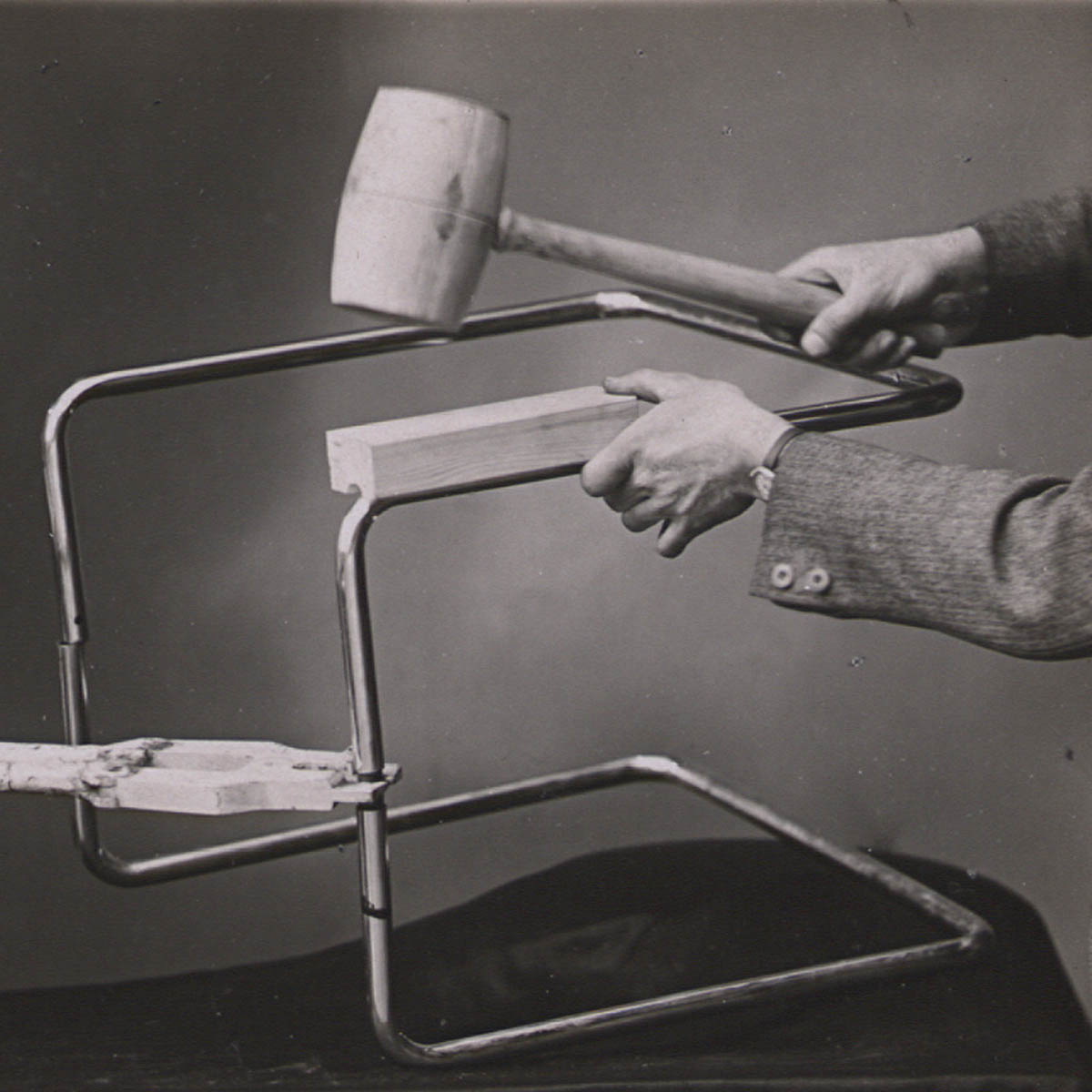
Photograph from an instruction manual for the usage of tools, Thonet brothers, 1935 , Collection Alexander von Vegesack, Domaine de Boisbuchet, www.boisbuchet.org (photographer unknown).
In this regard, the Bauhaus reveals itself as likely to be the first artistic total experiment of the modernist period, exploring the dissemination of design in all areas of life. The last section considers the communication of the Bauhaus, from typography and exhibitions to experimental film art and photography as well as the – often systematically planned – creation of myths and clichés that continue to surround the Bauhaus to the present day. Please get more information about the exhibition from here.

Jerszy Seymour, Workshop Chair, 2009, Collection Vitra Design Museum, image © Jerszy Seymour Design Workshop

Marianne Brandt, Student on one of the atelier balconies , Bauhaus Dessau, around 1928/1929, image © VG Bild-Kunst Bonn, 2015.
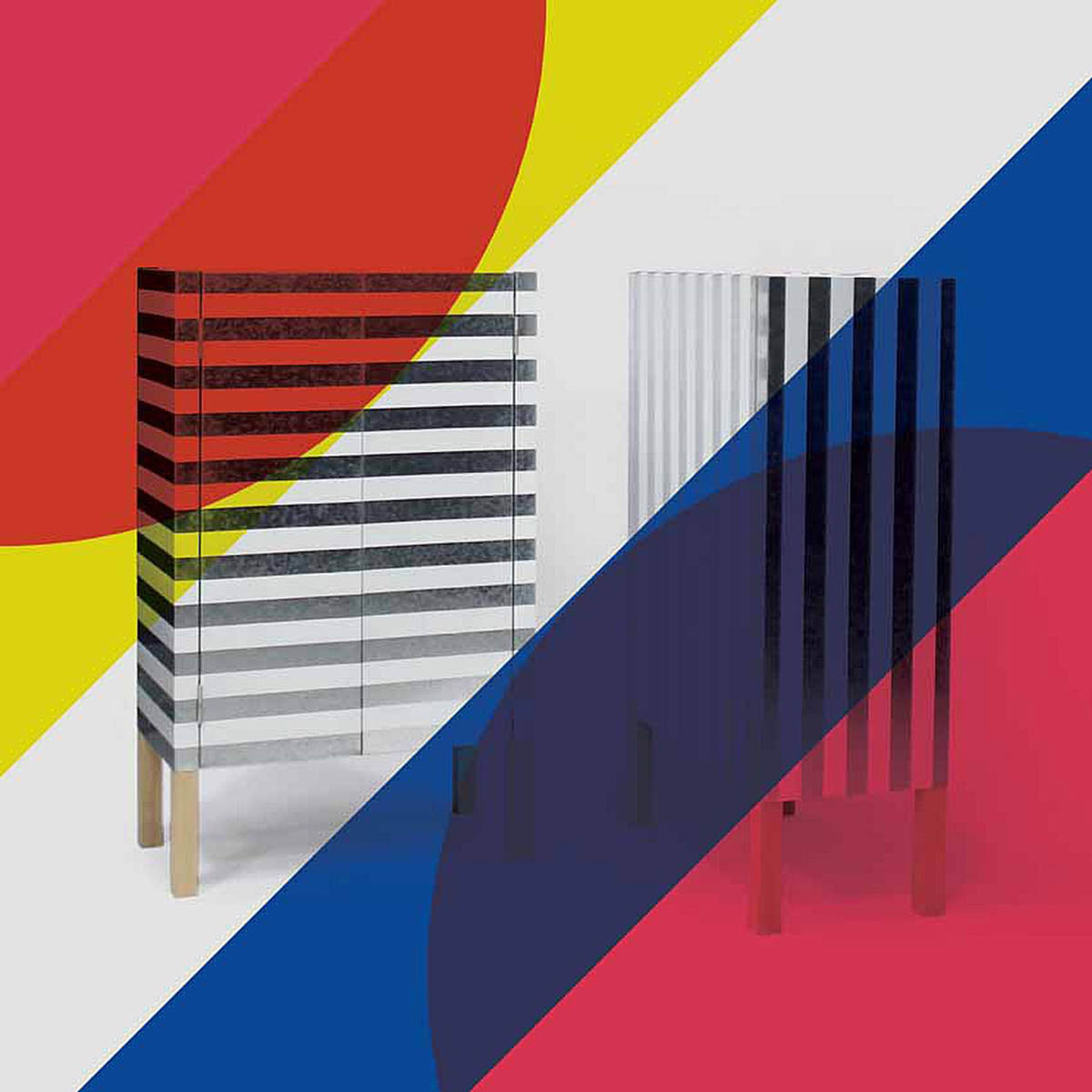
image courtesy of Vitra Design Museum
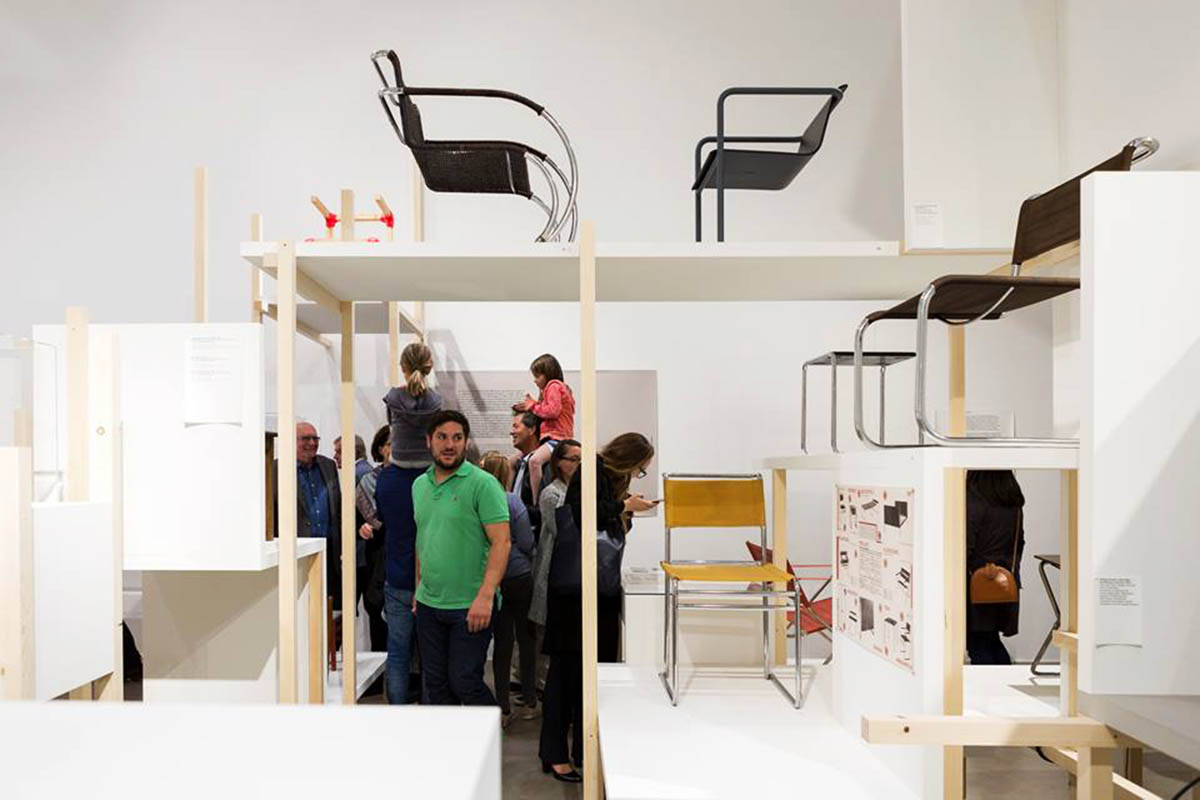
image courtesy of Vitra Design Museum / Facebook
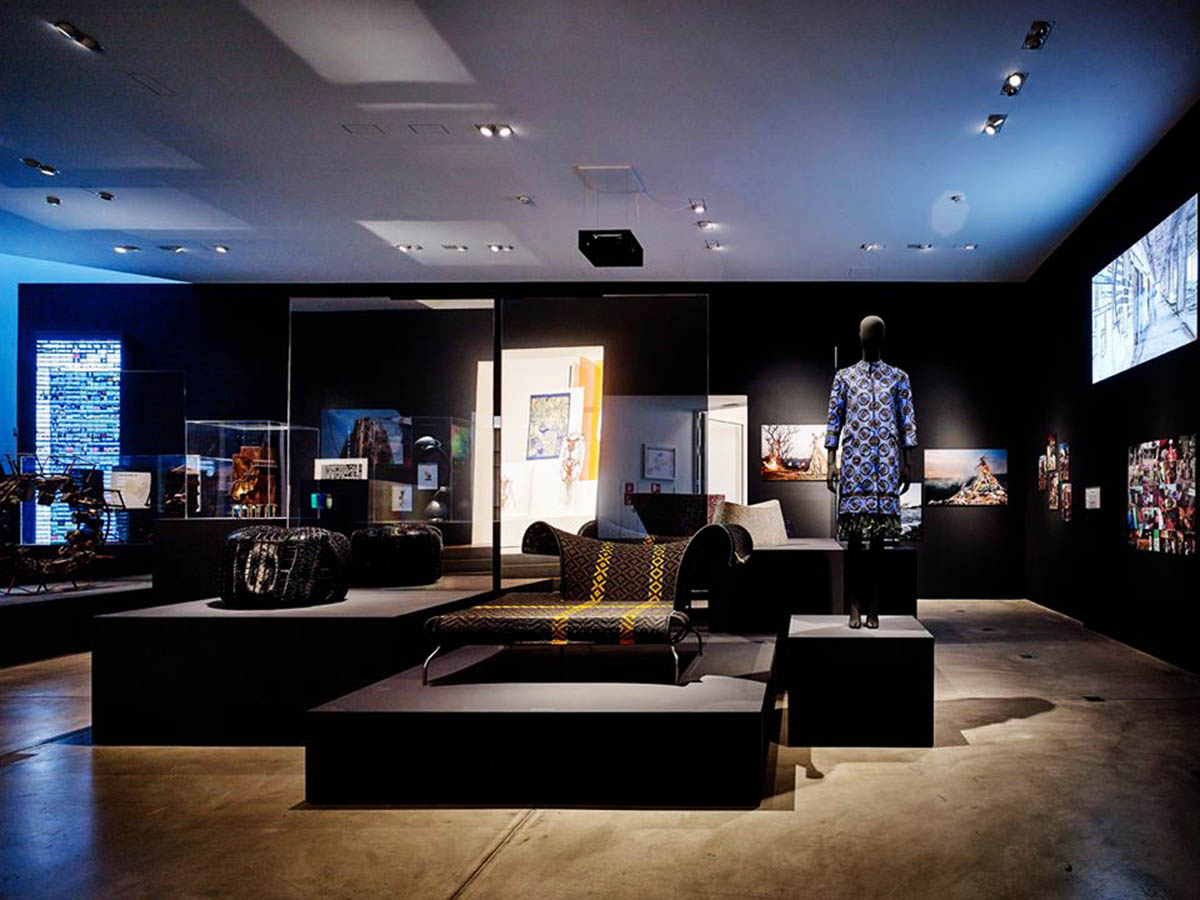
image courtesy of Vitra Design Museum / Facebook

image courtesy of Vitra Design Museum / Facebook
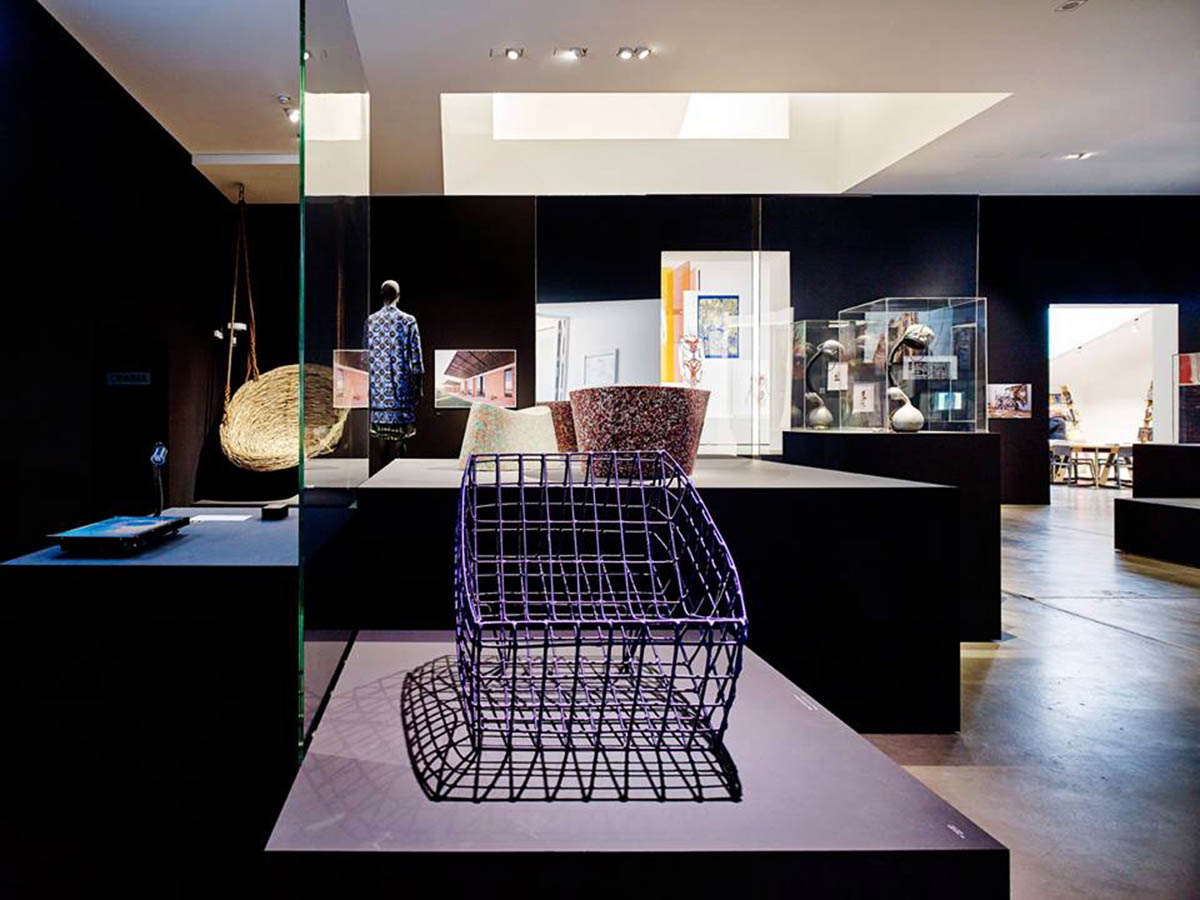
image courtesy of Vitra Design Museum / Facebook
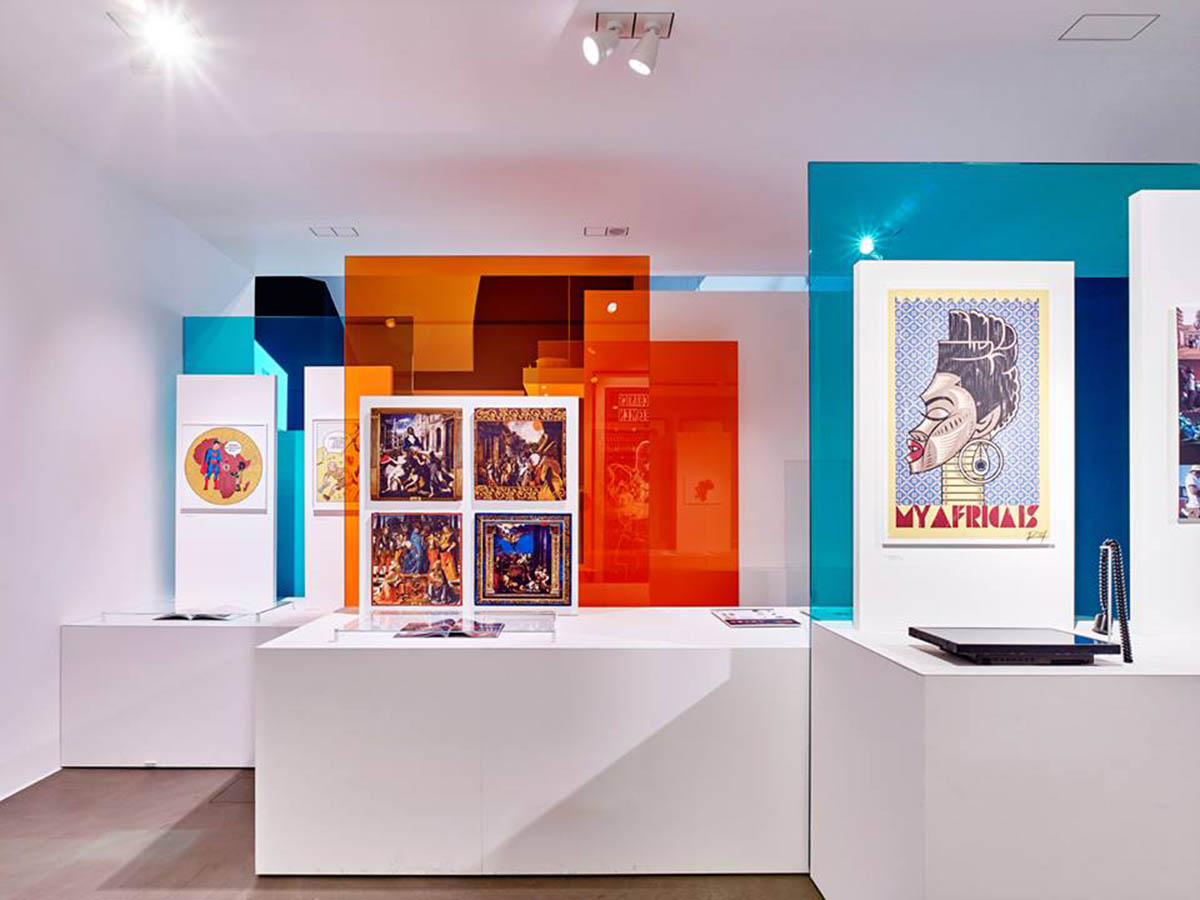
image courtesy of Vitra Design Museum / Facebook
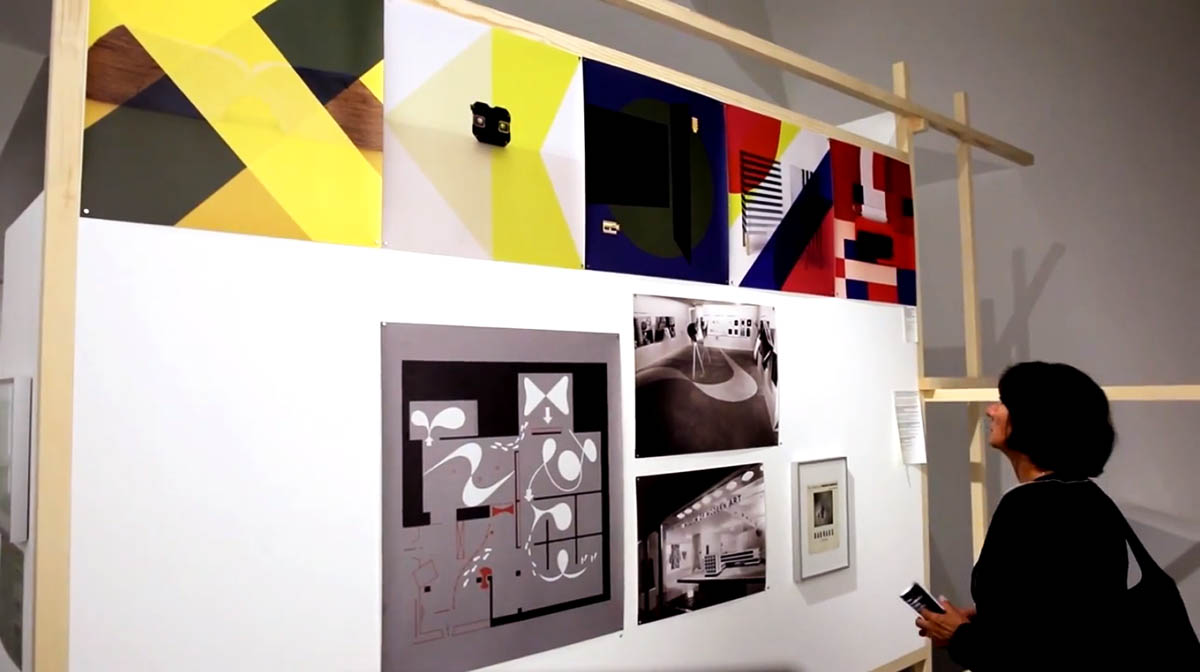
image via Youtube / Das Bauhaus #allesistdesign

image via Youtube /Das Bauhaus #allesistdesign
> via design-museum.de
